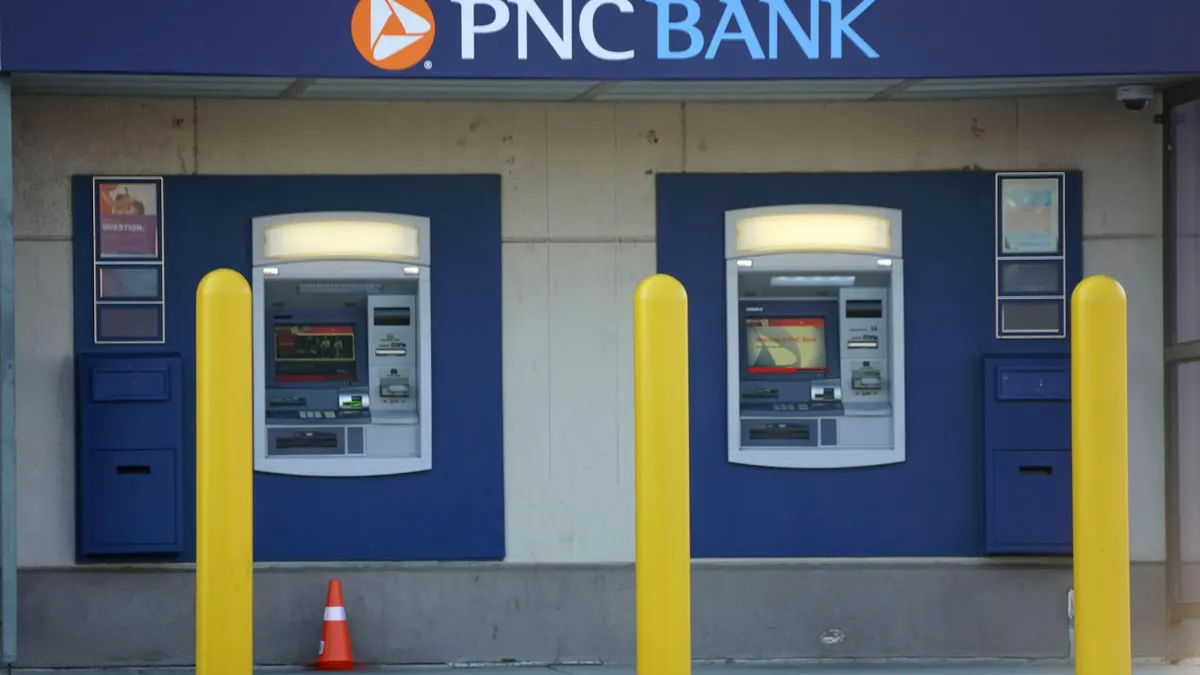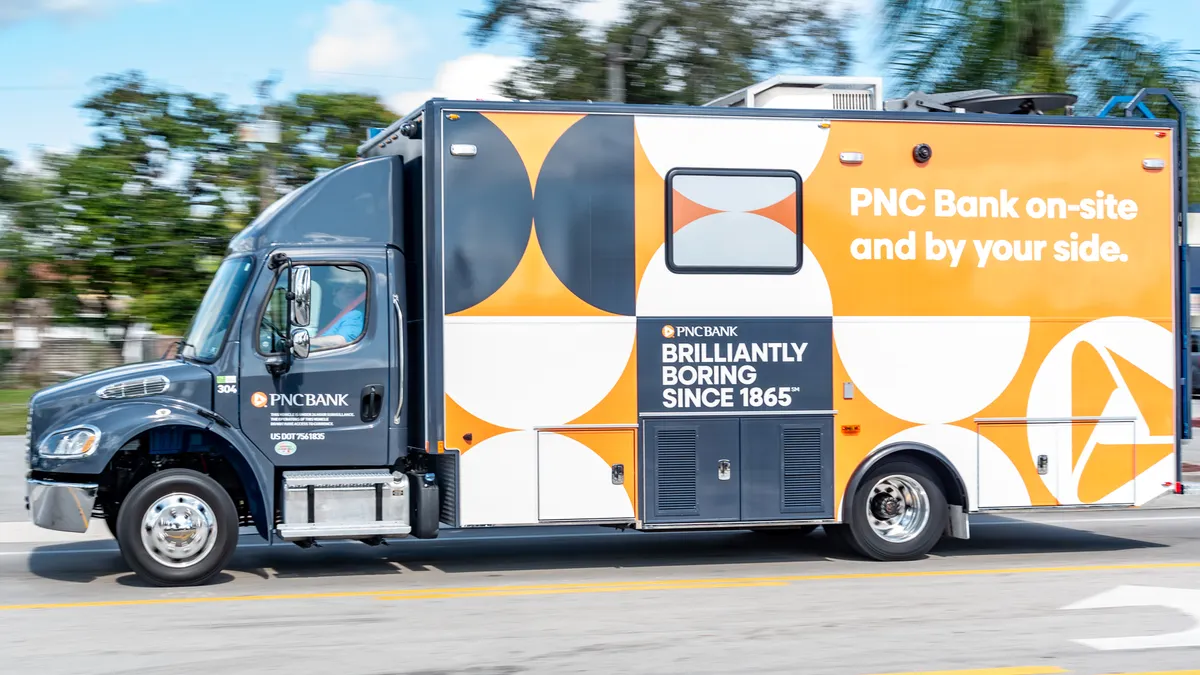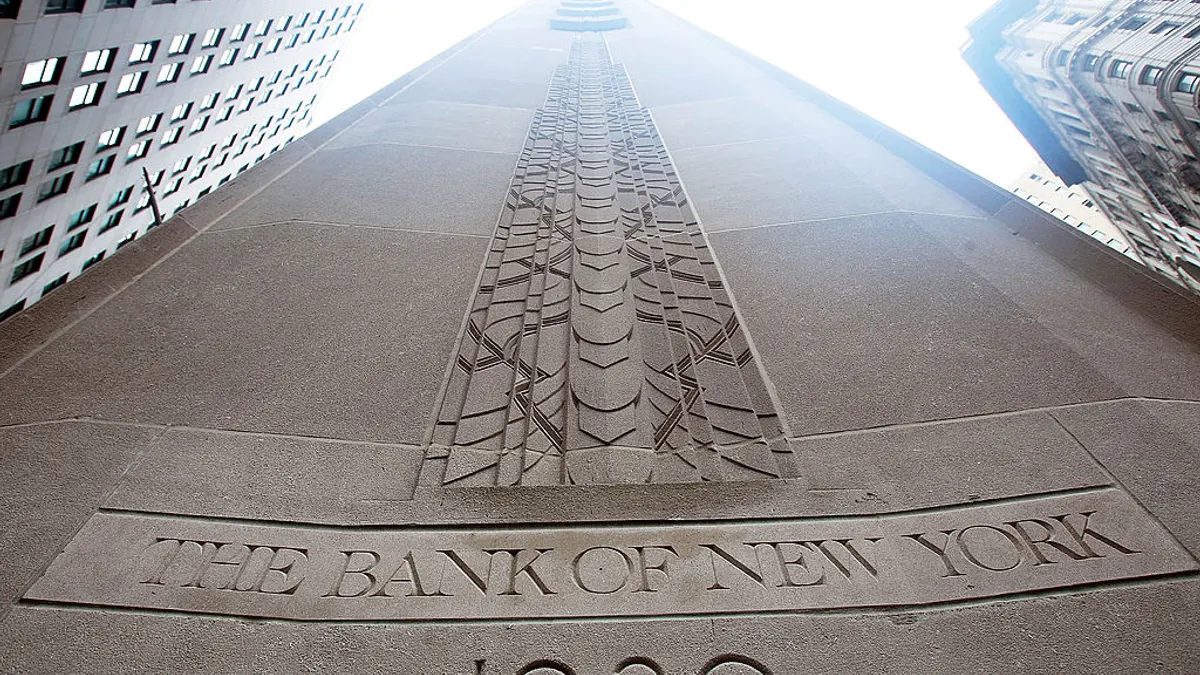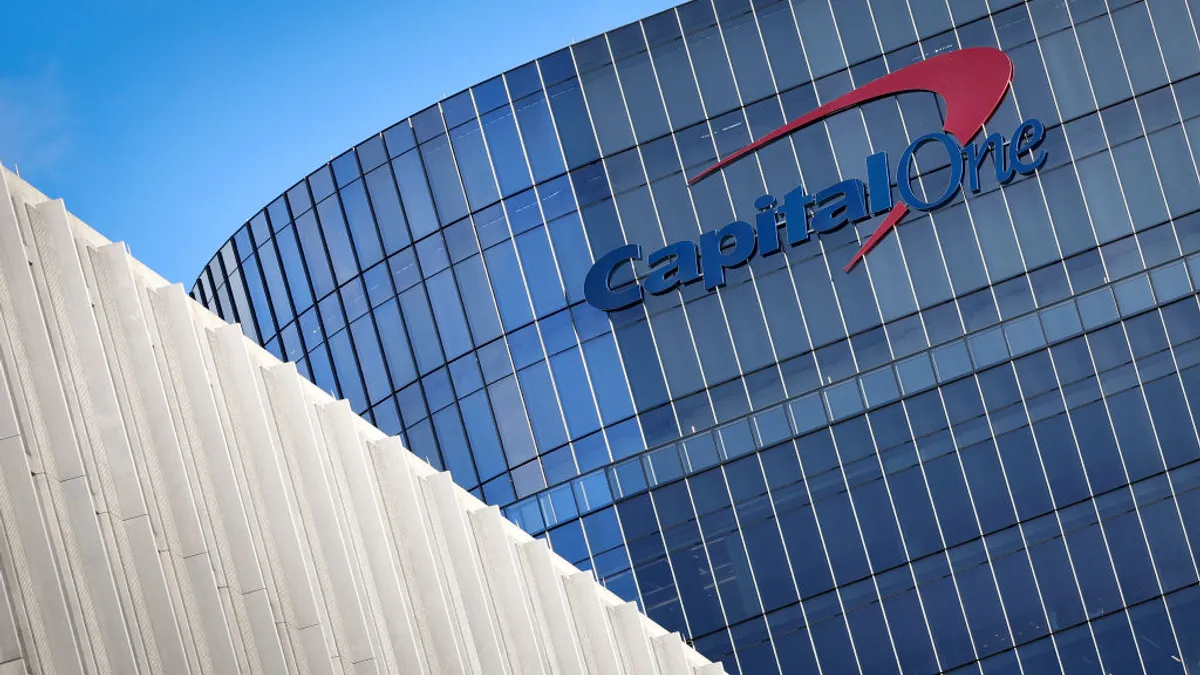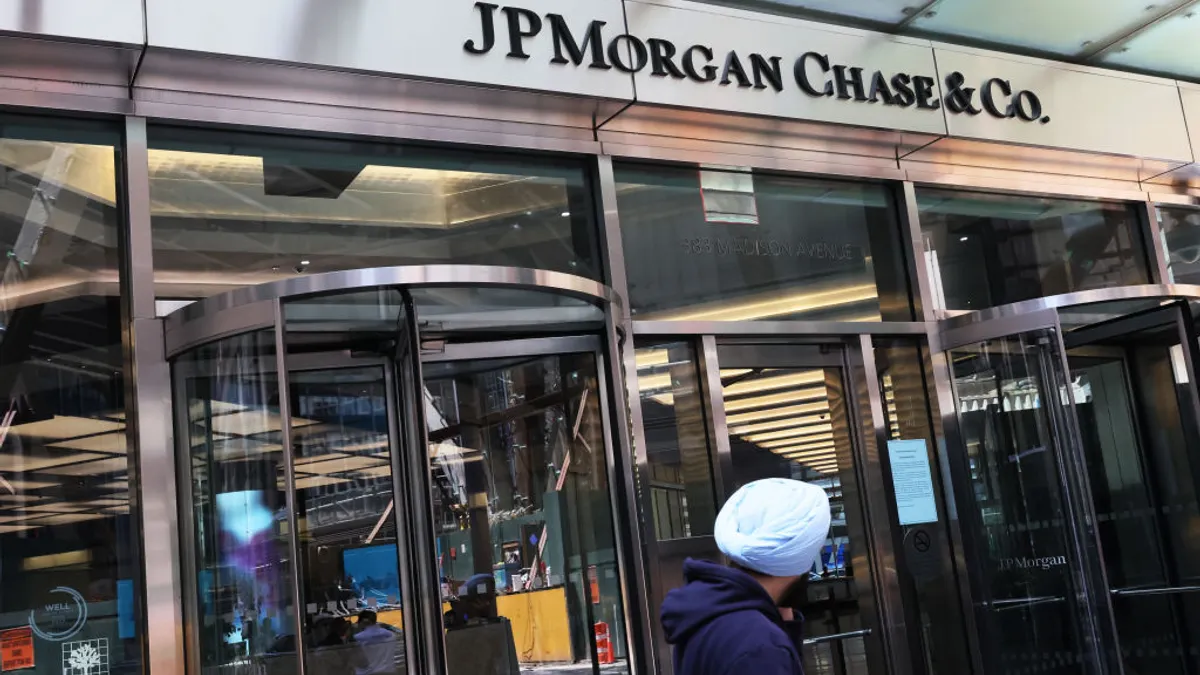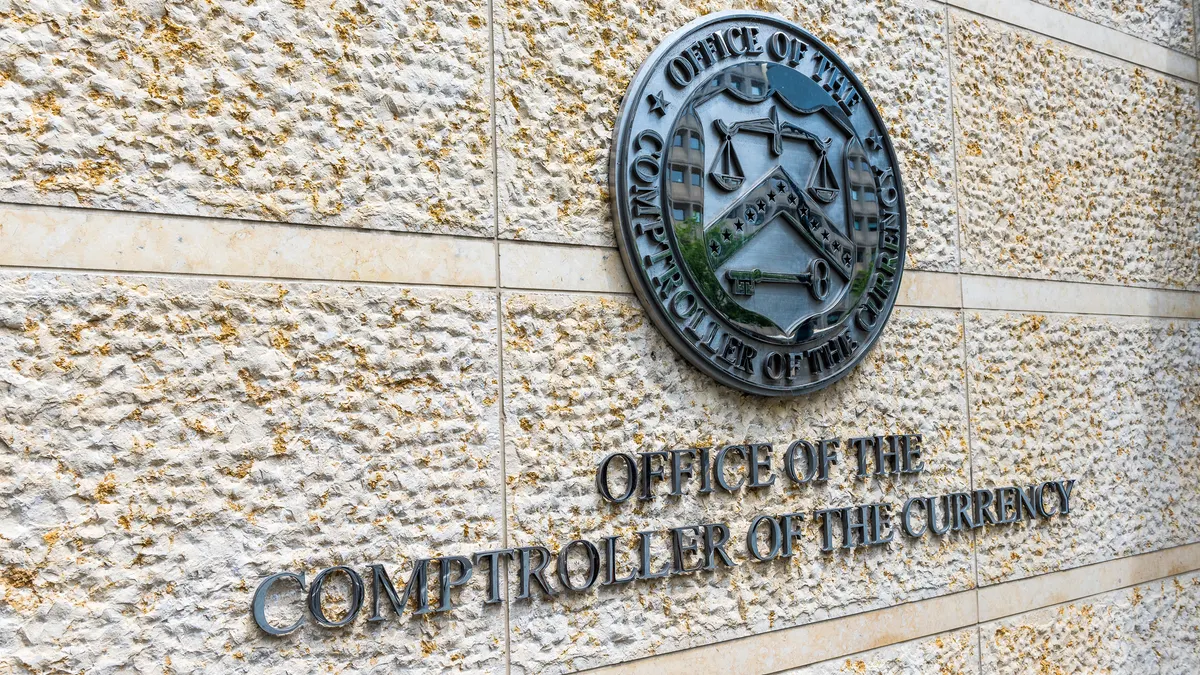PNC has agreed to acquire Lakewood, Colorado-based FirstBank in a $4.1 billion deal that will boost the Pittsburgh-based superregional with $26.8 billion in added assets and 95 extra branches, the bank said Monday.
The transaction, expected to close in early 2026, is set to triple PNC’s presence in Colorado, the bank said.
PNC had already been pursuing coast-to-coast expansion through organic growth, investing $1.5 billion in opening and renovating branches in high-growth markets. The FirstBank deal furthers the $559 billion-asset lender’s aim to become a national bank.
Privately held FirstBank, which offers commercial and retail banking services in Colorado and Arizona, serves roughly 700,000 customers.
PNC had previously flagged Denver and Phoenix as two markets where it planned to expand its physical presence. The FirstBank purchase will make Colorado one of PNC’s top markets.
The acquisition will push PNC’s branch count in the state to 120, and in Denver, PNC will have 20% retail deposit share and 14% branch share, the bank said Monday. The deal will also make Denver one of PNC's biggest markets for commercial and business banking.
In Arizona, PNC will add FirstBank’s 13 branches, bringing its total in the state to about 70.
“FirstBank is the standout branch banking franchise in Colorado and Arizona, with a proud legacy built over generations by its founders, management, and employees,” PNC CEO Bill Demchak said in a news release. “Its deep retail deposit base, unrivaled branch network in Colorado, growing presence in Arizona, and trusted community relationships make it an ideal partner for PNC.”
FirstBank CEO Kevin Classen will become PNC's Colorado regional president and mountain territory executive, which includes Arizona and Utah, PNC said. The super-regional plans to retain all of FirstBank's branches and FirstBank's customer-facing branch teams, PNC said.
Bank executives highlighted similarities between the institutions, including a focus on community philanthropy and regional leaders overseeing local markets.
“For decades, FirstBank has been proud to serve Colorado and Arizona with a strong community focus, deep customer relationships and dedicated commitment to our employees,” Classen said in a news release. “In PNC, we have found a partner that not only values this legacy but is committed to building on it. Their scale, technology and breadth of financial services will allow us to offer even more to our customers, while ensuring that our employees and communities continue to thrive.”
PNC billed the deal as a low-risk combination bringing $23 billion in high-quality, low-cost deposits in growing Colorado and Arizona markets. PNC said it also seeks to build on FirstBank's local relationships and expand its corporate and private banking franchises.
PNC’s Western U.S. move comes as JPMorgan Chase, Bank of America and other big banks open and renovate branches in fast-growing markets. Last year, Demchak said PNC needed “to fight that” by “pretty aggressively” stepping up its retail presence in newer markets, to create a core deposit franchise that supports the bank’s push for growth in its corporate and institutional banking business.
The lender has about 2,300 branches in total.
The deal is “immediately accretive” to the lender’s earnings per share, according to an investor presentation. The boards of both companies have approved the transaction. About 45.7% of FirstBank Holding Company's shareholders have agreed to vote in favor of the deal, according to the release.
Under the deal’s terms, FirstBank stockholders can choose to receive PNC common stock or cash. The 70% stock-30% cash deal consideration is made up of about 13.9 million shares of PNC common stock and $1.2 billion in cash, implying a $4.1 billion deal value, the release said.
The total deal value is about 5.1% of PNC’s market cap, “making it important but very digestible,” Piper Sandler analyst Scott Siefers wrote in a Monday note.
FirstBank has a 15.8% common equity tier 1 ratio. The deal brings 3.8% tangible book value dilution, with an earnback period of about 3.3 years, according to PNC’s presentation.
“The deal’s main strategic benefit is that it gives PNC immediate scale in the attractive CO market (leaps #2 deposit market share upon close), and it beefs up PNC’s presence in AZ,” Siefers wrote, noting the “very obvious” long-term strategic rationale of the deal. “PNC is known as a savvy acquiror, and this deal fits the bill.”
The lender anticipates conversion planning to occur after the projected deal closing in the first quarter of 2026, with systems integration taking place in June 2026, according to the investor presentation.
PNC’s acquisition of FirstBank is the second-largest U.S. bank deal proposed this year, after the $8.6 billion merger of equals between Nashville, Tennessee-based Pinnacle and Columbus, Georgia-based Synovus, announced in July.
PNC’s proposed purchase also comes less than a month after the Trump administration rescinded a Biden-era executive order that toughened merger-and-acquisition standards and sought to promote competition.
Twenty-six U.S. bank deals were announced in July, the highest monthly tally since June 2021, according to S&P Global Market Intelligence.
The deal “seems unlikely to disrupt” PNC’s ability to do additional acquisitions, Truist Securities analyst John McDonald wrote in a Monday note. Demchak suggested more could be on the horizon for the lender, telling The Wall Street Journal the bank will “see what shows up next.”
McDonald noted some investors reacting to the announcement wondered if PNC was paying a “rocky mountain high” for FirstBank, given the amount of tangible book value dilution relative to the size of the deal. Demchak himself has noted acquisitions can help the bank quickly achieve the scale it’s seeking, but PNC isn’t looking to pay “a silly price.”
“Investors are questioning whether this deal provides another data point that industry-wide M&A pricing dynamics are tough, given that PNC is paying a fairly full price for a small bank and taking a 4% [tangible book value] hit on a bank that is 5% of its size,” McDonald wrote.



